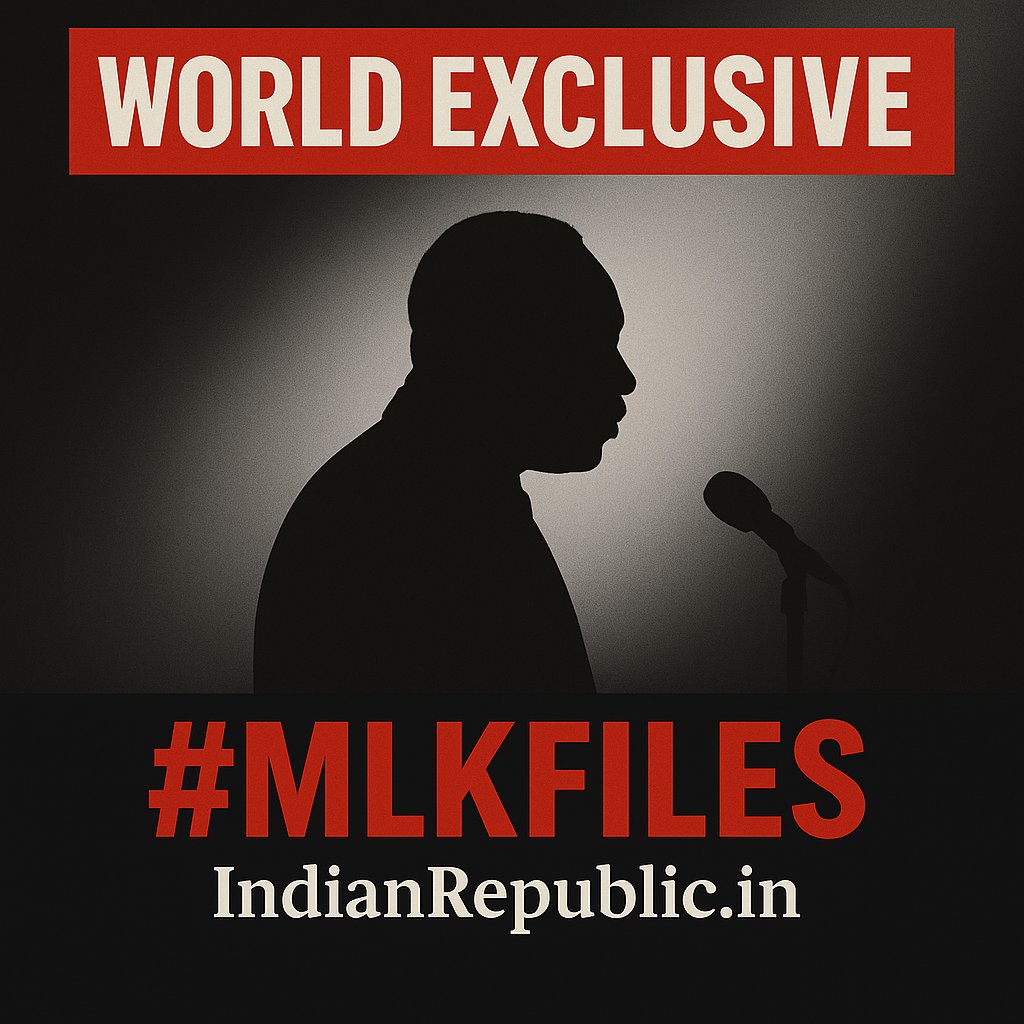9/9: Rooming House Phone Activity Spiked Before MLK Assassination, Bell Technician Flagged Anomalies
A previously buried technical report authored by a Bell System technician reveals that the telephone line inside Bessie Brewer’s rooming house, where James Earl Ray allegedly fired the fatal shot at Martin Luther King Jr., exhibited abnormal call patterns in the hours surrounding the assassination.
According to a memo dated April 6, 1968, the technician wrote: line 1 and 3 active unusually; copies to HQ on directive -- secure tape. The document refers to multiple call routes being activated simultaneously and mentions unusual multipoint call routing.
These terms suggest that either surveillance or call-forwarding systems were in place at the location, which had not been disclosed publicly or referenced in official FBI or DOJ reports.The memo does not specify the recipients of the calls, nor does it list the originating devices. However, an adjacent FBI field note references the same address and includes a line reading: requested silence on switchboard anomaly, to be handled internal.
This statement implies internal suppression of technical data that might have contradicted the lone-shooter theory or indicated additional actors on-site.
This evidence directly challenges previous public assertions that Ray acted in isolation, making a single phone call from the rooming house to arrange travel logistics after the shooting. Instead, it appears the line may have been engaged before and after the shot was fired, potentially by more than one party.
In a separate document dated April 9, 1968, an unnamed FBI agent notes the loss of phone records for the rooming house and states that switchboard activity logs were deemed non-essential for affidavit filing.
These logs, however, had been recorded per standard Bell System protocol and were initially flagged for review by the FBI’s Memphis field office.
An internal annotation in the margins of the memo reads: delete session entries, retain outbound trace only.
The instruction suggests that only selected data was forwarded to headquarters, and inbound call data--possibly including coordination calls--was suppressed or discarded.
According to supplementary interviews conducted with nearby hotel staff, a local maid told agents she saw men entering and exiting the building’s rear stairwell during the early evening hours of April 4, including one carrying what appeared to be a small radio or box.
The account was documented in handwritten notes, but not transcribed into the official witness ledger.
The call activity raises critical questions about the timing and coordination of Ray’s movements. The FBI timeline places Ray at the rooming house window between 5:55 p.m. and 6:01 p.m., yet call logs, if restored, may show communication with outside parties during or immediately before this interval.
Another declassified memo written by a field agent from April 10, 1968, acknowledges a post-op debrief held between FBI, Army Intelligence, and DOJ representatives.
The agenda included coordination failures and was to review secure line routing through local nodes. No transcript or summary of this meeting has been publicly released.
Despite this, no phone-based forensic evidence was introduced at trial, and prosecutors relied solely on circumstantial presence and ballistic linkage--now known to have inconsistencies according to other forensic documents.
When contacted in 1978 by the House Select Committee on Assassinations, the original Bell technician declined to testify, stating that the records had been sealed and forwarded to federal authorities.
His name does not appear in committee appendices or exhibits.
The missing records and surging call volumes add to growing concerns about what was known in real-time, and by whom, in the final moments before Dr. King was shot.


